Zen Rabbit’s Holistic Guide to Crop Circles: A Journey of Revelation
By Rob Buckle
Kindle Edition (2017) – £3.99
Many a crop circle by the A4 at West Kennett has attracted a cerealogical prophet. I sometimes wonder if there is an underground colony of them. Perhaps there is; Rob Buckle’s Zen Rabbit is the latest in a string of these characters, sharing his his view of how it is with a one-man audience known as The Seeker.
But let’s do away with the corny Truth Movement type role play; the bunny is merely sharing Buckle’s own perspectives with an audience he assumes has been suckered by the long-running idea it’s the extraterrestrials who make crop circles. Buckle is, alongside the patrons of the notorious Report A Crop Circle Formation, one of the post-Chisbury New School of crop circle researchers. The narrative is what you’d expect, a revisionist delve into crop circle history used to prop up an overarching theory of why crop circles are still, at core, a quasi-supernatural, albeit alien-free phenomenon.
Buckle’s case for the mystery power, best interpreted as a type of collective consciousness between all living things and possibly the Earth, is pleasant. There are echoes of John Michel in how Buckle highlights the sacred geometry apparent in many crop circles, from the most basic to the most complicated. In an era where flashiness seems to override elegance, it’s good to see someone understand the symbolism and power of a simple circle.
However, Buckle’s case for his collective consciousness is hampered by a Hancock-esque reliance upon speculation and pseudoscience. Anyone who incorporates the shaky sham science of dowsers, Masaru Emoto’s emotive snowflakes and Rupert Sheldrake’s ‘morphic resonance’ is going to have a hard job proving their line.
Moving on, Buckle’s views on modern, rural Wiltshire are as warm as his thoughts on interconnectedness. He sees it a Keelian style window area for all sorts of weirdness. Criss-crossed by leys, it attracted the human circle makers who are inspired, protected and guided by a mystical force.
Inevitably, temperatures cool as the divisive subject of certain, unnamed, contemporary researchers is discussed. Some of them are making money. Yes, but Buckle’s book isn’t free. Some researchers are certainly withholding information as to what they know about the extent of human circle making. I understand this, but Buckle makes the error of reducing their motivations to a false dichotomy: they’re either money-grabbers or inept. Sorry, but there is also the possibility some of them sincerely believe there is a genuine, non-human crop circle phenomenon. Even Zen Rabbit won’t say 100% of crop circles are man-made!
Buckle would also have been better off staying away from criticising researchers’ pseudoscientific methods as his own reasoning, outlined above, is no better. It’s a bit like when Pat Delgado scoffed at Terence Meaden. Both were, as history reveals, well off the mark.
An additional irony is the reverence in which Zen Rabbit holds Colin Andrews; hasn’t Buckle read Circlemakers and John Macnish’s assessments of how the veteran cerealogist has had a bumpy association with facts? This ignorance, whether accidental or otherwise, betrays Buckle’s failure to understand the weight of history. Another concerns Dave Chorley and Doug Bower, the two men who, in history, are widely regarded as the human instigators of the phenomenon. When he isn’t near enough dismissing them as bullshit artists, Buckle overlooks the role they had in bringing crop circles to Wiltshire. It was they who made the 1980 Westbury circles in a successful attempt to play upon the locality’s close association with the Warminster UFO flap of the 1960s. In subsequent years it was their Wiltshire based imitators, the annoyance of Hampshire farmers and an ideal circle-making landscape (one rich in history and legend) that established the area between Swindon, Marlborough, Pewsey and Devizes as circles central.
Whilst Zen Rabbit is flawed, the book succeeds in putting thought provoking ideas on the table. It will receive plaudits from similarly minded individuals and may entice newcomers to follow The Seeker down the ‘rabbit-hole’ of Truth Movement cliches. And why not? It’s full of gooey, thought provoking ideas. However, if you’re tired of truthers and a stickler for demonstrable facts, you’ll likely give Zen Rabbit the once-through, keep it in the Kindle Library and allow it to gather pixel dust.
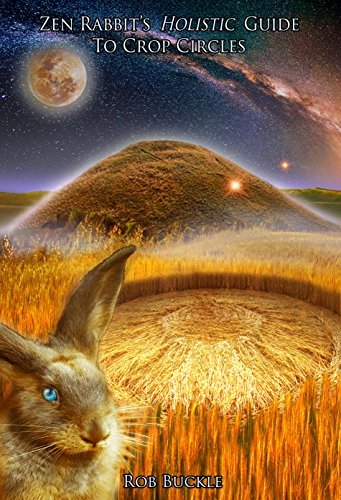

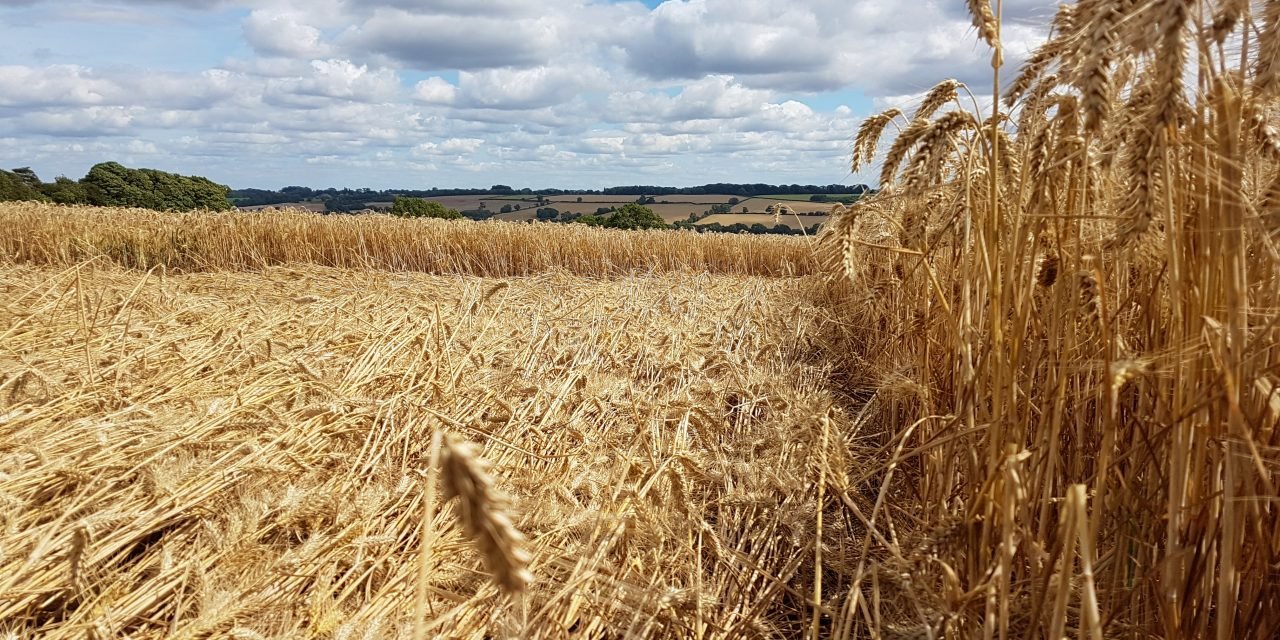
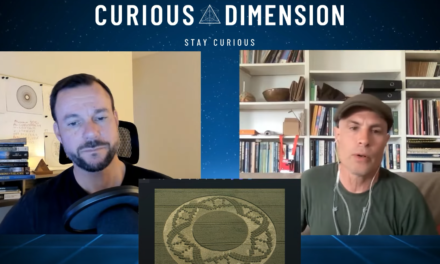
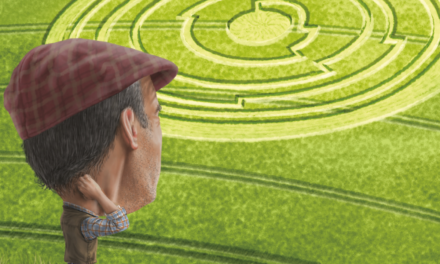
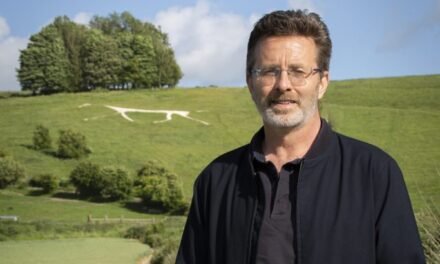
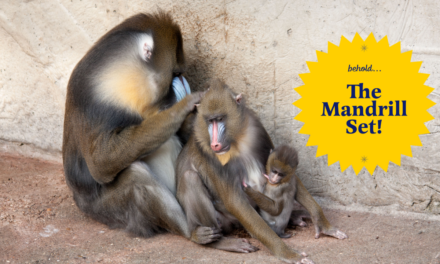
Thank you so much for taking the time to write a detailed review of my book. I really appreciate it, however, I would respect you more if you put your name to it!
I am pleased, first of all, that you appear to have read the whole book and taken on-board many of its very positive messages. However, reading your review, someone who has not read the book would be forgiven for thinking that one of its main objectives is to attack the main core of established crop circle researchers. This is not the case. The occasions when I refer to the research of others in a negative way are few and far between, but It is necessary, in the context of writing a book that addresses the, apparently, delicate issue of manmade crop circles, to attempt to explain why this aspect of the subject is so often overlooked or misrepresented in the mediums where most people get their information from, ie books, DVDs and conference presentations on the subject.
For the record, I have absolutely nothing against anyone making money out of their crop circle research or photography, as long as it is done with honesty and integrity; hence why I have no qualms about putting my book on sale for £3.99 (currently). It was, for your information, initially available free and the bulk of people who have downloaded it have done so for free. It may well be available for free again at some point in the future, but I feel to permanently have it available for free would devalue it.
The issue, for me, is more a case of understanding the reasons for ignoring and often publicly and vehemently opposing discussion of manmade crop circles at established conferences and in books and publications from the main core of established researchers. Whatever the views of the respective researchers are towards the idea of manmade crop circles and human circle-makers, it is still a component of ‘holistic’ research that needs to be taken into account. Surely, followers of the subject are adult enough to be able to make their own minds up if given all of the available evidence. But, instead, lines are drawn that, seemingly, must not be crossed, regarding discussion of manmade circles in anything other than derogatory terms. One must ask, therefore, what is the agenda behind such selective reporting and aggressive opposition to this line of enquiry, by some researchers? If it is not purely for business reasons, then what is it?
Whether these researchers are making a high, moderate or low income from their involvement in the crop circle subject is immaterial, what matters in this argument is that if they are in any way dependent on an income from this research, they therefore have vested interests and so their ‘research’ becomes impartial by default. It does not take a genius to work out that if they were to embrace the manmade arguments, then the public interest that they depend upon would wane, as the majority of people following the subject are hoping for or already believe in a non-manmade solution. From a business point of view, I completely understand this, but this subject is first and foremost about resolving a mystery, is it not? If we accept that that is what it is all about then all lines of enquiry should be treated with the same respect.
The main motivation for me writing my book and doing various public talks was never to make money, but to give more of a voice to aspects of crop circle research that I consider to be of high value and importance in terms of understanding a multitude of inter-locking subjects, that has humans and humanity at its heart. To ignore the manmade aspect is doing a huge dis-service, not only to the subject of crop circles, but to ourselves.
While most of these established researchers offer little new to the debate other than proclaiming that some of the formations are definitely not manmade, without any conclusive evidence, I am at least offering a different way of looking at the crop circle subject; a holistic approach that is open to all possibilities and recognises the bigger picture that connects many diverse areas of research, including the important role that humans play. Without proper, balanced discussion of the human circlemakers’ story, including their own experiences of the ‘paranormal’ and bizarre sychronicities, the whole crop circle story is incomplete. It is not enough to simply brandish them all vandals and liars, without proper investigation.
My goal is not to kill the subject, as some seem to fear, but to broaden it. As you rightly point out, I (or Zen Rabbit) do not proclaim that 100% of all crop circles there has ever been are manmade. As I explain in detail in the book, there is still a great deal of mystery around many early ‘simple’ crop formations. This is where the mystery began and has never been satisfactorily concluded. It has since become a repetitive parody of the subject it once was, but if one looks at it objectively, it can be seen as a mystery as much about humans as it is about other unworldly phenomena. Whether one chooses to accept that or fight against it is the prerogative of every individual. One is liberating and the other limiting, the choice is yours.
Hi Rob – thanks for taking the time to visit and comment. The Croppie doesn’t believe you are deliberately attempting to kill crop circles.
Unfortunately, a huge factor in why cerealogy has become ‘a repetitive parody of the subject it once was’ is the manner in which some of your most influential third party sources have done their best to wreck it for their own personal gain, whether it be on some wider quest for ‘truth’ (which is often anything but factually truthful) or through gratification of their own egos. Much of the reason why crop circles survived Doug and Dave’s 1991 confession is because of certain circle makers who believed the phenomenon was worth maintaining. They didn’t need to shout to the world about what they had made and silently went about their work. Their commitment allowed an informal relationship to develop between the public and circle makers.
These circle makers carefully placed their work next to sites of folkloric importance and made it deliberately ambiguous. Wheat based Rorschach tests, if you like. You could read into these works what you liked and it sustained public interest in the circles as places of mystery and magic. It is because of the circles that we have had tourists, journalists, t-shirt sellers, trinket manufacturers, conference organisers and researchers who publicise crop circles. In turn, this inspires the circle makers to continue what they are doing. And so it goes round. Those members of the public who buy into the crop circles tend to be either unaware or unwilling to acknowledge their role as consumers of magical beliefs.
The problem with some of your third party sources and circle makers past and present is that they have broken the cycle. There is no problem with acknowledging modern crop circles as the work of human hands and feet. However, they shout it from the rooftops. In 2017 The Croppie has covered an example of a circle maker attempting to sell the diagrams he took with him into the field. Further back, CirclemakersTV guests have publicly shared details of the circles they have made. The Croppie has also heard of circle makers telling tourists they have made the crop circle in which they are all sat. It’s unfortunate. To be seen as anything more than land art, circles must maintain an air of mystery. It largely avoids the question of human involvement. In other words, how can a crop circle be magical if we all know it was made by a tax inspector from Calne?
Unfortunately, there is no counter to the damage that has been done since Crop Circle Connector staff decided to arrange for members of the public to watch a well known circle maker at work in 2010. Those circle makers who stay quiet — together with those who know them — cannot speak up without causing further damage.
None of this is your fault, but perhaps you can see why The Croppie isn’t overly fond of the New School.
‘The Croppie’, I share your fondness for the era of ‘mystery and magic’, but you seem to be reluctant to acknowledge that this era ended some time ago. For many people, including myself, the mystery was originally all about who or what made the circles. But as Zen Rabbit points out in the book, this is not the most important question that one should be asking to really get to the bottom of the mystery. The long-running ‘whodunnit’ mystery has, for the most part, been solved, but a new mystery has emerged that is altogether more profound, involving humans and consciousness.
I agree that the circles sometimes lose something if publicly claimed by the circle-makers (and many circle-makers agree too), but ultimately, it is their prerogative, if they are indeed the creators. On most occasions when they have done this, it has been done retrospectively and even then they are rarely believed – because, apparently, humans are incapable of producing such works of art! This is one of the arguments used by researchers that grates with me, as it is such a limiting view of human potential. Whether they/you actually believe it or not, why feed into this, when we, in truth, have limitless potential? This is just one reason why the old era of crop circle mystery had to end. We have outgrown it.
For me, it is no longer about the new circles that are created and it matters not whether they continue to appear or not. It is, though, about looking at the subject as a whole, going right back to the beginning and looking at it with fresh eyes. It is a mirror to humanity and a window into the multiverse. For those willing to embrace this new approach, the magic remains, but for those that see the magic only as something the crop circles give to tourists and the like, then it is very limited. Let’s move on.
The golden era has ended, but not the era of belief for many people. The Croppie reminds you that whilst the words of those who believe in the alien agenda may grate, those of us outside of the New School may find the notion of sentient snowflakes and morphic resonance equally grating. However, The Croppie can live with that.
Ultimately, the crop circle legend is in the landscape and not human hands.